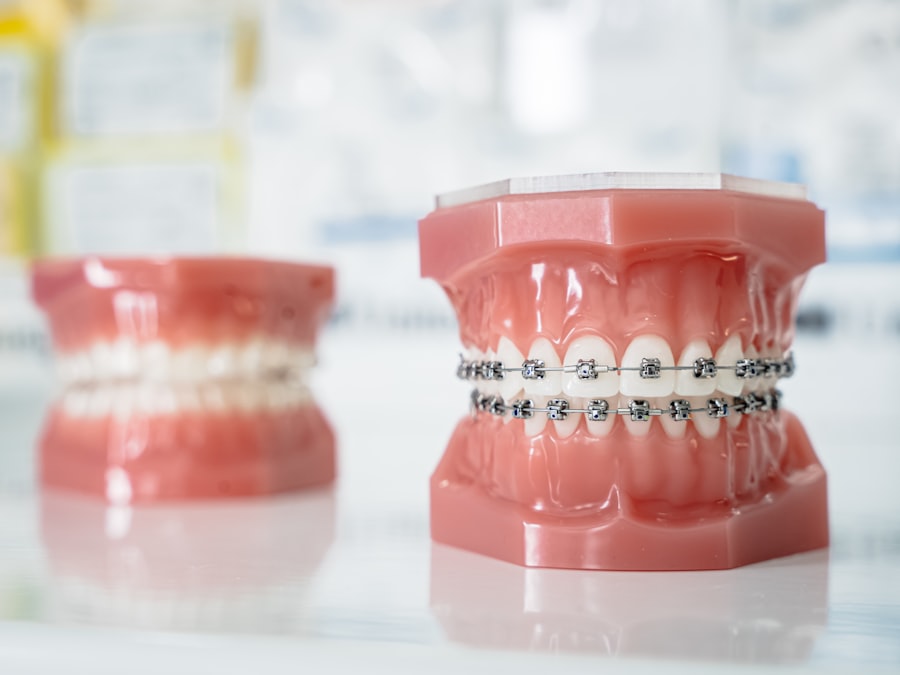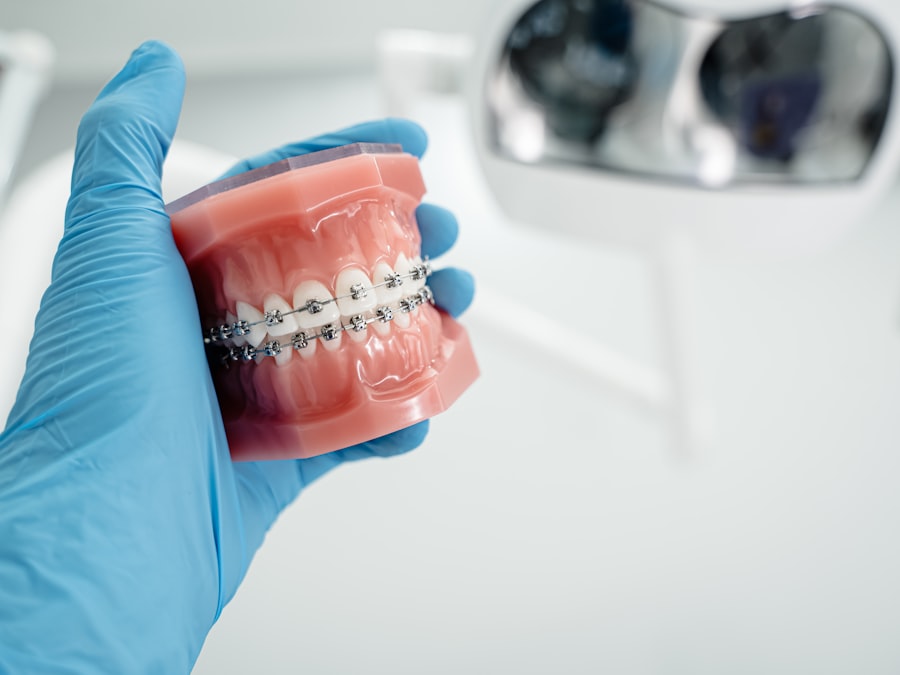Local SEO, or local search engine optimization, is a specialized branch of SEO that focuses on optimizing a business’s online presence to attract more customers from relevant local searches. For dental practices, this means ensuring that when potential patients search for dental services in their area, the practice appears prominently in search results. Local SEO encompasses various strategies and techniques designed to enhance visibility in local search results, including optimizing Google My Business listings, managing online reviews, and creating localized content.
The foundation of local SEO lies in understanding how search engines work, particularly how they determine the relevance and authority of a business in relation to a user’s query. Search engines like Google utilize complex algorithms that take into account numerous factors, including location, keywords, and user behavior. For dental practices, this means that optimizing for local search requires a keen understanding of both the dental industry and the specific geographic area served.
By effectively leveraging local SEO, dental practices can connect with their community, attract new patients, and ultimately grow their business.
Key Takeaways
- Local SEO helps dental practices attract nearby patients by improving online visibility in local search results.
- Optimizing your website and Google My Business profile are crucial steps for effective local SEO.
- Creating localized content and encouraging online reviews enhance your practice’s local search rankings.
- Regularly monitoring and measuring SEO performance ensures continuous improvement and better patient engagement.
- Implementing targeted local SEO strategies can significantly increase patient acquisition and practice growth.
Importance of Local SEO for Dental Practices
The significance of local SEO for dental practices cannot be overstated. In an era where consumers increasingly rely on online searches to find services, having a strong local presence is crucial. According to a study by Google, nearly 76% of people who search for something nearby visit a business within a day.
This statistic highlights the urgency and immediacy of local searches, making it imperative for dental practices to optimize their online presence to capture this audience. Moreover, local SEO not only helps in attracting new patients but also plays a vital role in building trust and credibility within the community. When a dental practice appears at the top of local search results, it signals to potential patients that the practice is reputable and well-regarded.
This visibility can lead to increased foot traffic, higher appointment bookings, and ultimately greater patient retention. In a competitive market where numerous dental practices vie for attention, effective local SEO can be the differentiating factor that sets one practice apart from another.
Key Strategies for Implementing Local SEO for Dental Practices

Implementing local SEO for dental practices involves several key strategies that work together to enhance online visibility. One of the most critical components is optimizing the practice’s Google My Business (GMB) listing. This free tool allows dental practices to manage their online presence across Google, including search results and maps.
Ensuring that the GMB listing is complete with accurate information—such as address, phone number, hours of operation, and services offered—is essential for attracting local patients. Another vital strategy is the use of localized keywords throughout the practice’s website and content. This involves researching and identifying keywords that potential patients are likely to use when searching for dental services in their area.
For instance, terms like “family dentist in [City Name]” or “emergency dental care near me” can be integrated into website content, blog posts, and meta descriptions. By aligning the website’s content with the search intent of local users, dental practices can improve their chances of ranking higher in search results.
Optimizing Your Website for Local SEO
| Metric | Description | Recommended Value/Goal | Importance for Local SEO |
|---|---|---|---|
| Google My Business (GMB) Completeness | Percentage of profile fields filled out in GMB | 100% | High – Complete profiles rank better in local searches |
| Local Keywords Usage | Number of local keywords integrated into website content | 5-10 per page | High – Helps target local search queries |
| NAP Consistency | Consistency of Name, Address, Phone across all listings | 100% consistent | High – Critical for local search trust and ranking |
| Number of Local Backlinks | Backlinks from local businesses, directories, or news sites | 20+ quality backlinks | Medium – Boosts local authority and relevance |
| Mobile Page Load Speed | Time taken for website to load on mobile devices | Under 3 seconds | High – Improves user experience and ranking |
| Customer Reviews Count | Number of reviews on GMB and other local platforms | 50+ reviews | High – Influences local search rankings and trust |
| Review Rating | Average star rating from customer reviews | 4.0 or higher | High – Higher ratings improve click-through and ranking |
| Local Content Frequency | Number of blog posts or pages targeting local topics | 1-2 per month | Medium – Keeps site relevant for local queries |
| Schema Markup Implementation | Use of local business schema on website | Implemented on all key pages | Medium – Helps search engines understand local info |
| Click-Through Rate (CTR) for Local Searches | Percentage of users clicking your site from local search results | Above 10% | High – Indicates relevance and attractiveness of listing |
Website optimization is a cornerstone of effective local SEO for dental practices. A well-structured website not only enhances user experience but also helps search engines understand the relevance of the content. To optimize a dental practice’s website for local SEO, it is essential to include location-specific keywords in key areas such as title tags, headers, and throughout the body content.
This ensures that search engines can easily associate the practice with its geographic area. In addition to keyword optimization, ensuring that the website is mobile-friendly is crucial. With an increasing number of users searching for services on their mobile devices, having a responsive design that adapts to various screen sizes can significantly impact user engagement and conversion rates.
Furthermore, incorporating schema markup—structured data that helps search engines understand the content better—can enhance visibility in search results by providing additional context about the practice’s services and location.
Leveraging Google My Business for Local SEO
Google My Business (GMB) is an indispensable tool for dental practices aiming to enhance their local SEO efforts. By claiming and optimizing their GMB listing, practices can ensure they appear in local search results and on Google Maps when potential patients are searching for dental services nearby. A complete GMB profile includes essential information such as the practice’s name, address, phone number (NAP), website link, business hours, and a description of services offered.
Regularly updating the GMB listing with new information—such as changes in hours or special promotions—can also improve visibility. Additionally, utilizing features like posts to share updates or announcements can engage potential patients and encourage them to choose your practice over competitors. The inclusion of high-quality images showcasing the practice environment or staff can further enhance the listing’s appeal and foster trust among prospective patients.
Creating Local Content to Improve Local SEO

Creating localized content is another effective strategy for improving local SEO for dental practices. This involves producing blog posts, articles, or other forms of content that resonate with the local community and address specific dental concerns or interests relevant to that area. For example, a dental practice located in a region known for its outdoor activities might create content discussing how to maintain oral health while participating in sports or outdoor events.
In addition to addressing local topics, incorporating local landmarks or events into content can further enhance its relevance. For instance, writing about community health fairs or school events where the practice will be present can help establish a connection with potential patients. By consistently producing valuable and localized content, dental practices can position themselves as authorities in their field while simultaneously improving their chances of ranking higher in local search results.
Utilizing Online Reviews to Boost Local SEO
Online reviews play a pivotal role in shaping a dental practice’s reputation and influencing potential patients’ decisions. Positive reviews not only enhance credibility but also contribute significantly to local SEO efforts. Search engines consider the quantity and quality of reviews when determining a business’s ranking in local search results; thus, encouraging satisfied patients to leave reviews on platforms like Google My Business can have a direct impact on visibility.
Responding to reviews—both positive and negative—demonstrates engagement and commitment to patient satisfaction. This interaction not only fosters trust among existing patients but also signals to potential patients that the practice values feedback and is dedicated to providing excellent service. Additionally, showcasing positive reviews on the practice’s website or social media channels can further enhance credibility and attract new patients.
Measuring the Success of Your Local SEO Efforts
Measuring the success of local SEO efforts is essential for understanding what strategies are working and where improvements can be made. Various tools are available to track key performance indicators (KPIs) related to local SEO. Google Analytics provides insights into website traffic sources, user behavior, and conversion rates, allowing dental practices to assess how well their local SEO strategies are performing.
Another valuable tool is Google Search Console, which offers data on how often a practice’s website appears in search results and which queries are driving traffic. Monitoring metrics such as click-through rates (CTR), impressions, and average position can help identify trends and areas for optimization. Additionally, tracking changes in online reviews and GMB insights—such as how many people viewed the listing or requested directions—can provide further context on the effectiveness of local SEO initiatives.
By regularly analyzing these metrics and adjusting strategies accordingly, dental practices can ensure they remain competitive in their local market while continually improving their online presence and attracting new patients.


